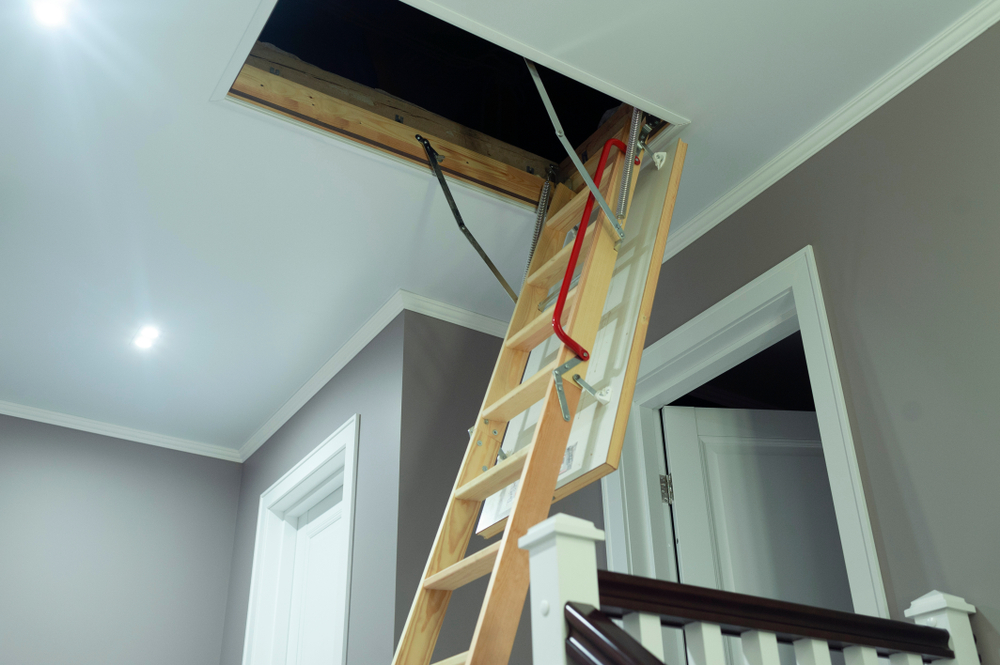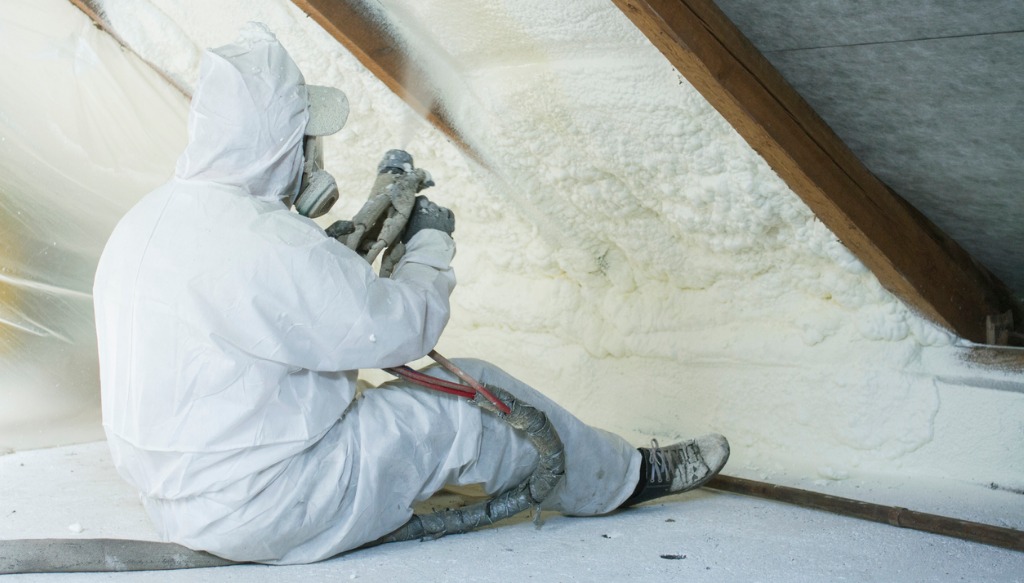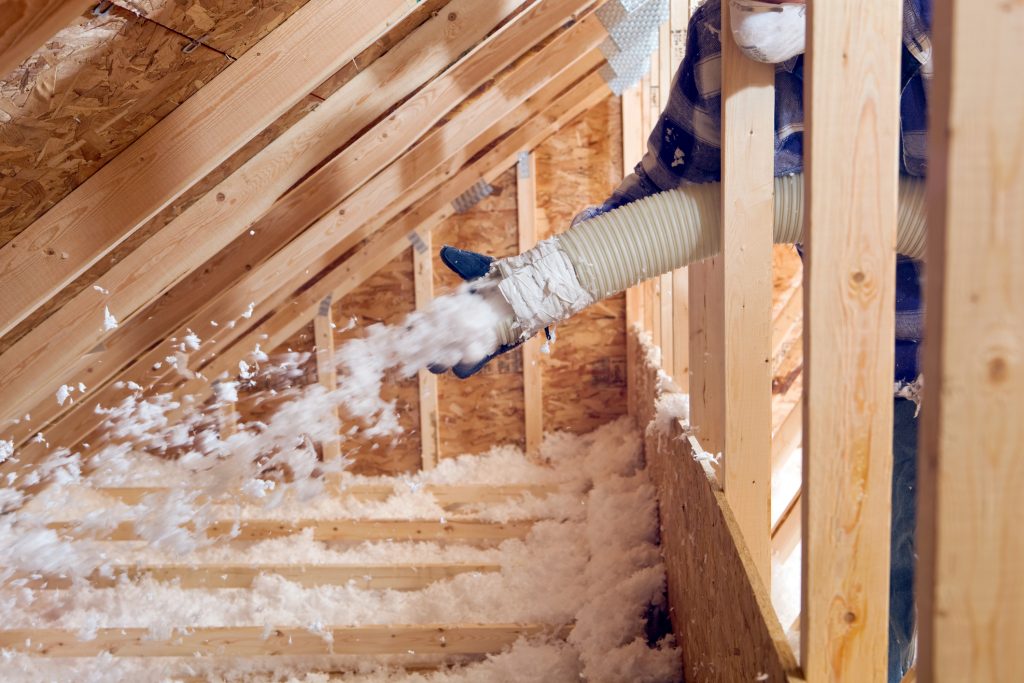When it comes to creating an energy-efficient and comfortable home, insulating your loft should be high on your priority list. Many homeowners often overlook this simple yet highly effective home improvement measure. Insulating your loft not only helps you save on energy bills but also offers numerous additional benefits. In this blog, we will explore the incredible advantages of loft insulation and why it’s a wise investment for any homeowner.
- Energy Efficiency and Cost Savings:
One of the most significant benefits of insulating your loft is increased energy efficiency, leading to substantial cost savings in the long run. Without proper insulation, your home loses a significant amount of heat through the roof. By insulating your loft, you create a thermal barrier that prevents heat from escaping, effectively trapping warmth within your living spaces. As a result, you can reduce your heating requirements, lower energy consumption, and enjoy noticeable reductions in your heating bills.
- Enhanced Comfort and Temperature Regulation:
Insulating your loft doesn’t just help with energy efficiency; it also greatly improves the comfort level within your home. With proper insulation, you can maintain a more consistent and comfortable indoor temperature throughout the year. During cold winters, the insulation prevents heat loss, keeping your home warm and cosy. In summer, it acts as a barrier against external heat, reducing the need for excessive air conditioning and keeping your living spaces pleasantly cool.
- Noise Reduction:
Loft insulation has an additional benefit that often goes unnoticed—noise reduction. The insulation material absorbs and dampens external noises, creating a more peaceful and tranquil living environment. Whether it’s the sound of traffic, noisy neighbours, or the pitter-patter of rain, a well-insulated loft can significantly minimise unwanted noise, allowing you to relax and enjoy a quieter home.
- Environmental Impact:
Investing in loft insulation isn’t just beneficial for your wallet; it’s also a positive step toward reducing your environmental impact. By reducing energy consumption, you contribute to lower greenhouse gas emissions and help combat climate change. With an energy-efficient home, you actively participate in conserving natural resources and promote sustainable living practices.
- Increased Property Value:
A well-insulated loft can add value to your property. Potential buyers are increasingly mindful of energy efficiency and look for homes that are insulated and equipped with green features. By insulating your loft, you not only make your home more appealing to buyers but also increase its overall market value.
- Condensation Prevention:
Condensation can be a significant issue in homes that lack proper insulation. Moisture buildup can lead to dampness, mold growth, and subsequent damage to your property. Insulating your loft helps regulate the temperature and reduces condensation, protecting your home from these potential problems and ensuring a healthier living environment.
Conclusion:
Insulating your loft is a smart investment that offers a multitude of benefits. From reducing energy bills and enhancing comfort to noise reduction and environmental sustainability, the advantages are undeniable. By taking this simple step, you can create a more energy-efficient, comfortable, and eco-friendly home while also increasing its value. So, if you haven’t already done so, consider insulating your loft and reap the incredible rewards it brings.



